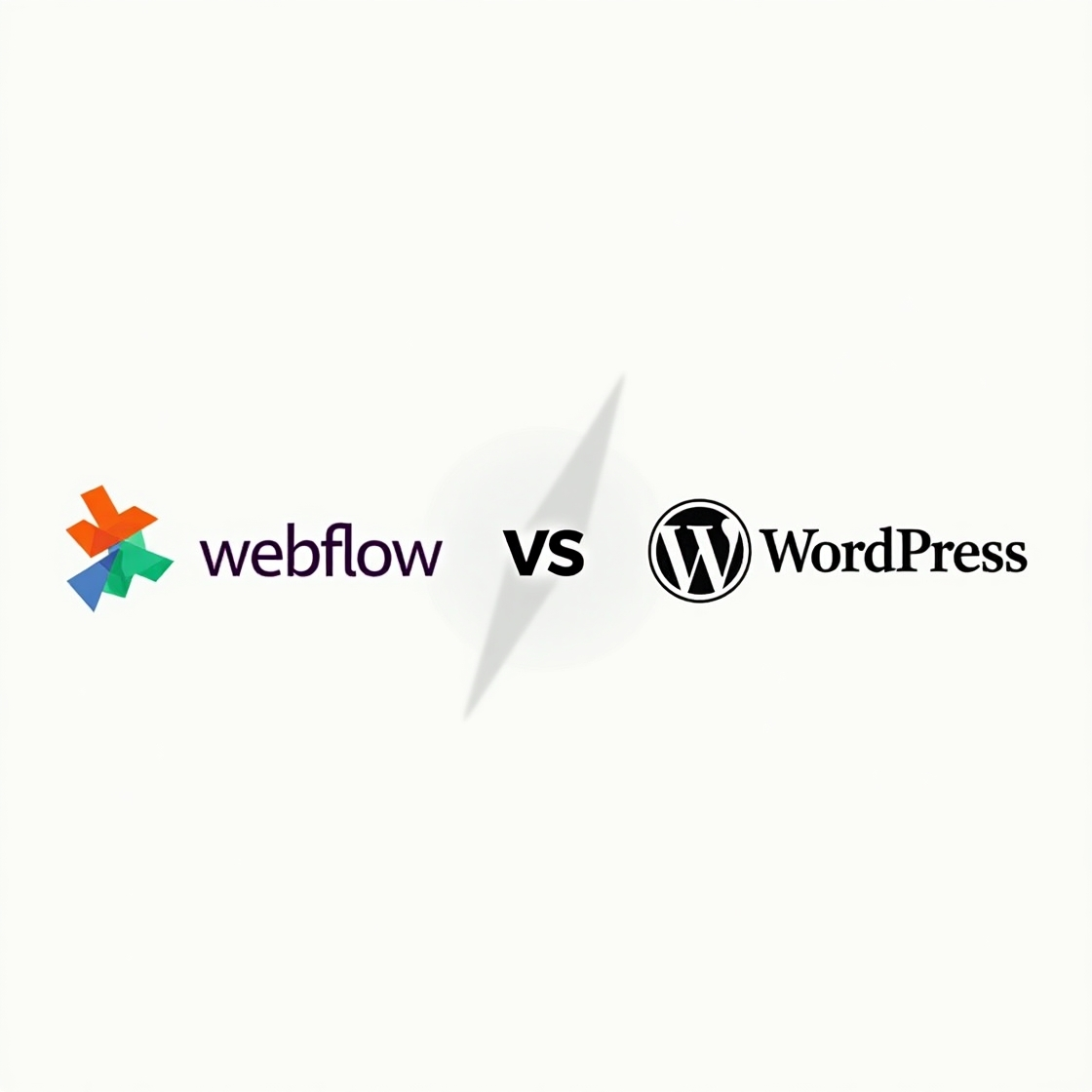HEADLESS CMS DEVELOPMENT services
Thinking of switching to a headless CMS? We’ve got you covered! Our experts are best experienced in headless Technology and provide Headless CMS development Services that will help you build a customized and future-proof headless CMS solution that’s fully geared to scale your business.
Unlike the typical CMS, a headless CMS doesn’t come with a permanent front-end presentation layer (or a “head”, as developers like to call it). Hence the term “headless”. And why does this matter? When a CMS is coupled with a front-end website, your ability to reuse or repurpose content is limited to that site. But chances are, your business is using multiple content platforms to engage with customers. If that’s the case, using CMS content outside your website would involve a whole lot of extra work. This process is time-consuming, ladened with errors, and will even slow down your ability to react and respond across different channels, making your content strategy far less effective.
But a headless CMS doesn’t have these limitations. It can work easily with multiple channels, from email and text to social media and apps. And in the long run, it can deliver impressive efficiencies and cost savings for your business.
Features of headless CMS
This new breed of content management solution will make your omnichannel content strategy super easy to implement. But it’s not just about making your content more accessible and usable. A headless CMS is highly flexible and scalable, too: it will integrate easily with many of the latest technology stacks, making your CMS future-proof. Besides, it’s a great option to boost the overall speed and security of your website.
Headless CMS development marks a groundbreaking evolution in how businesses deploy content. It’s the future of content management, and it has broken many barriers that once limited marketers. Headless CMS allows you to take charge of how you use content to drive business growth. Now, with an API-first approach, a headless CMS developer can unleash this powerful tool to deliver incredible scalability and versatility for your content strategy.
The rise to fame of headless CMS is driven by the endless possibilities it can offer. It’s the perfect tool to deliver consistent, effortless, and seamless content-rich engagement throughout the customer journey. With a high level of adaptability, it allows your team to mobilize content across multiple channels and devices, from web and mobile to in-store signages and wearables. With a headless CMS, the possibilities are simply limitless.
Today’s customers have highly complex digital content consumption habits. They want access to information instantly, on the go, and on every possible device imaginable. This has given rise to Content-as-a-Service or CaaS. And a headless CMS can make it all possible by treating content as modular units, independent of a fixed front-end interface. As a result, you can customize content any way you want with added functionality and usability.
Headless CMS is set to revolutionize the future of web development by transforming how content is used. And its adoption is rising fast. But it demands significant technical expertise, without which your headless journey could become costly and ineffective. So, you’ve got to hire headless CMS developer teams with substantial knowledge and experience. With iExperto, you’re in safe hands. We offer a range of headless CMS development services with an expert team.
Today’s consumers engage with brands on countless channels and devices. And keeping up with them could be frustrating with a traditional CMS.
This is why our API-first headless eCommerce solutions are fully geared to help you stay ahead, wow your customers, and grow your business with a seamless and efficient content strategy. With headless Woocommerce, we can even transform your existing store into a headless setup with all the perks that come with it.


